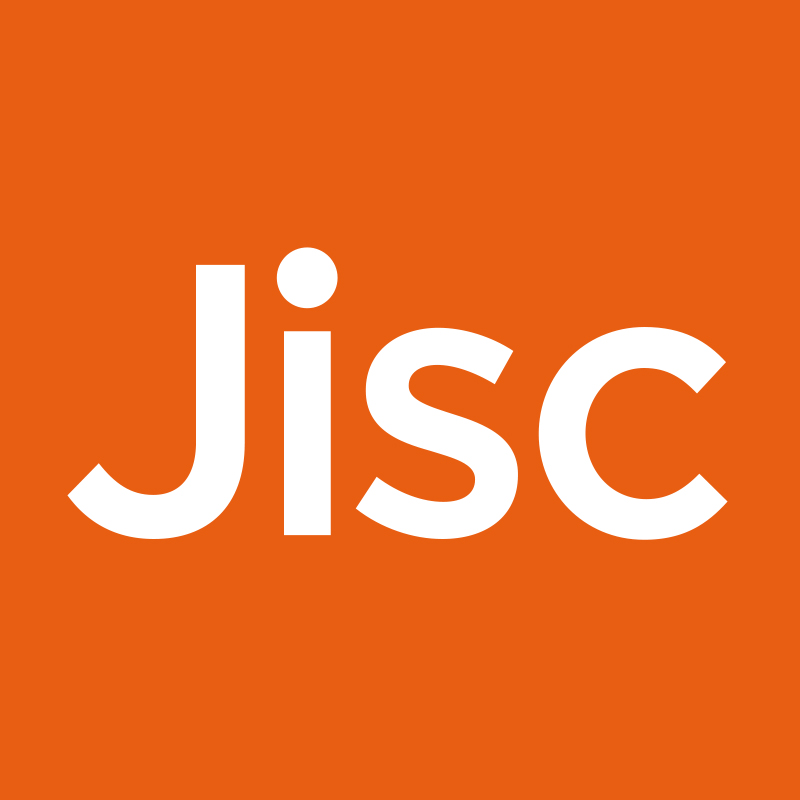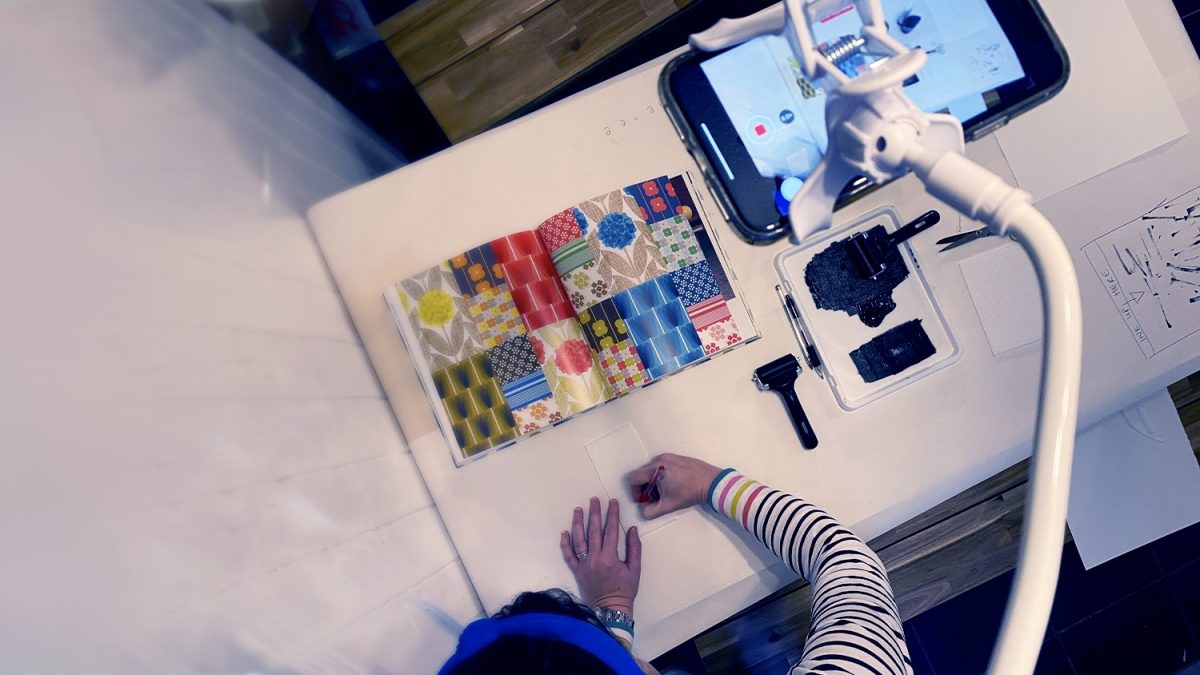On 26 May Zac Gribble and I ran an online session in our series ‘Effective design and use of digital learning resources’ for the post-16 sector in Wales. Entitled ‘the art of the possible’, it aimed to take practitioners a step further along the journey set out in the Digital 2030 standards for further education, adult community learning and work-based learning. This envisages staff moving from ‘exploring’ to ’embedding’ and ‘transforming’.
We focussed mainly on using video and audio to enhance digital learning resources. Many practitioners were keen to explore this area but we knew they didn’t always have access to support or advice in their own organisations.
You can access the recording below.
https://youtu.be/DvxuA6PMh0A
A transcript is also available.
We used a Jamboard to capture practitioners’ thoughts on the pros and cons of using audio and video in digital learning resources. Staff also used a Jamboard to share ideas on how they wanted to develop their digital learning resources further.
Resources shared during the session are included in a links document which covers all webinars in the series ‘Effective design and use of digital learning resources’. See also Chris Thomson’s blog post Creating video for learning resources.

